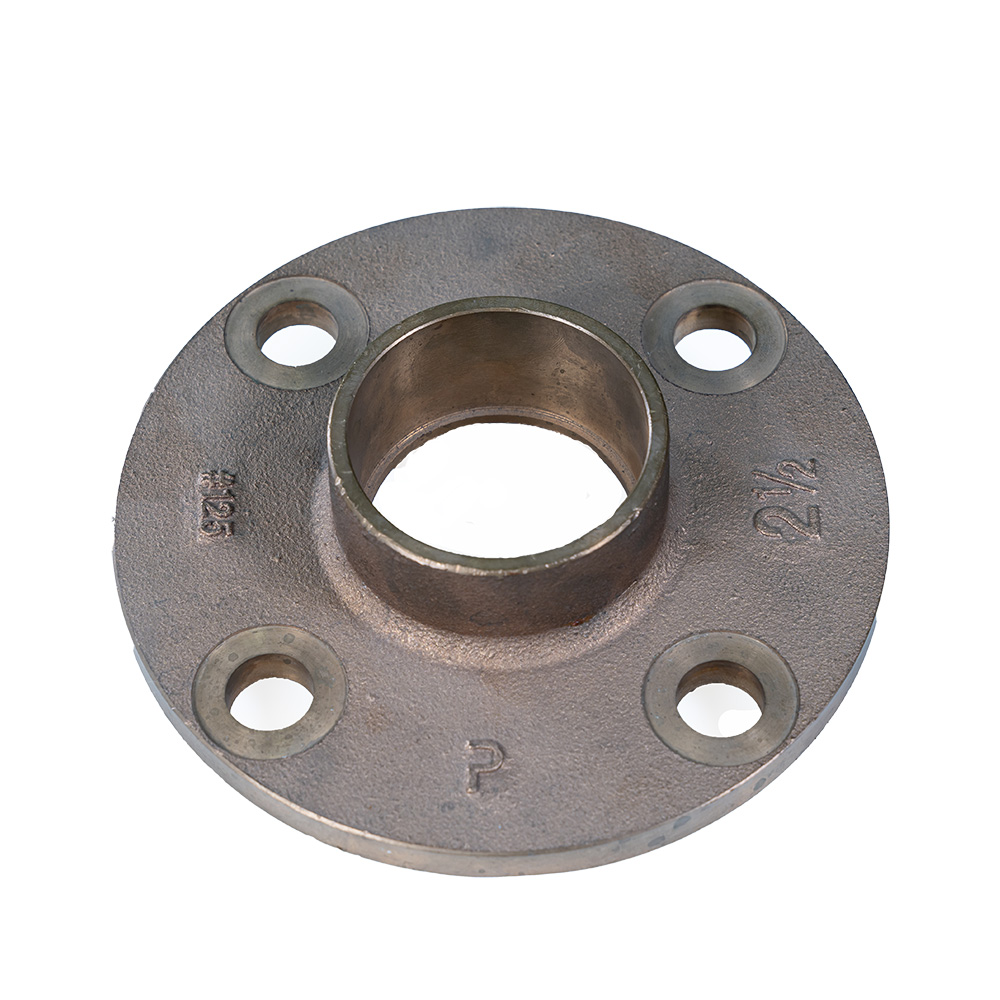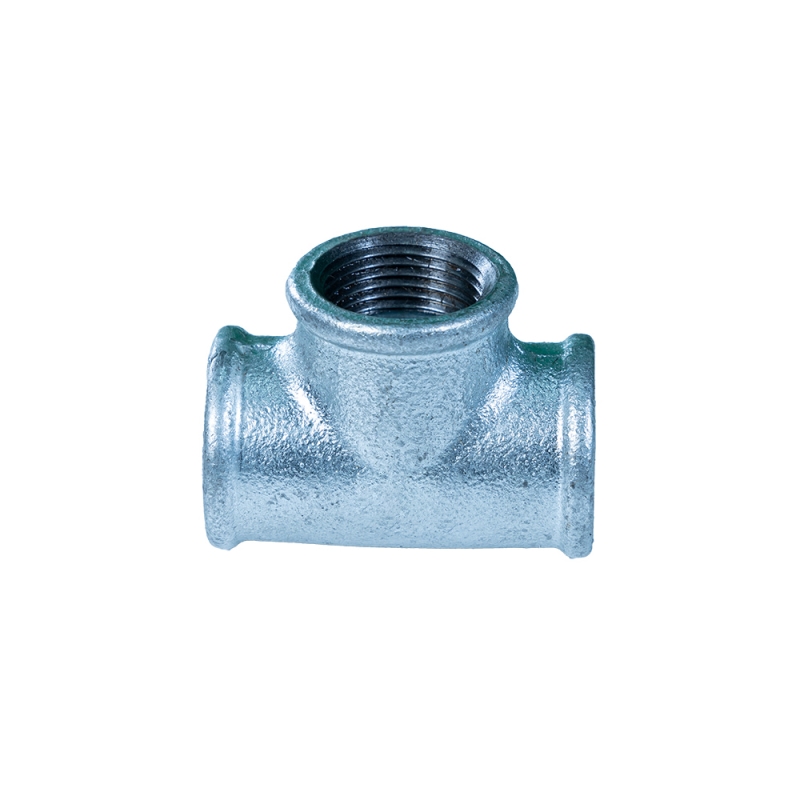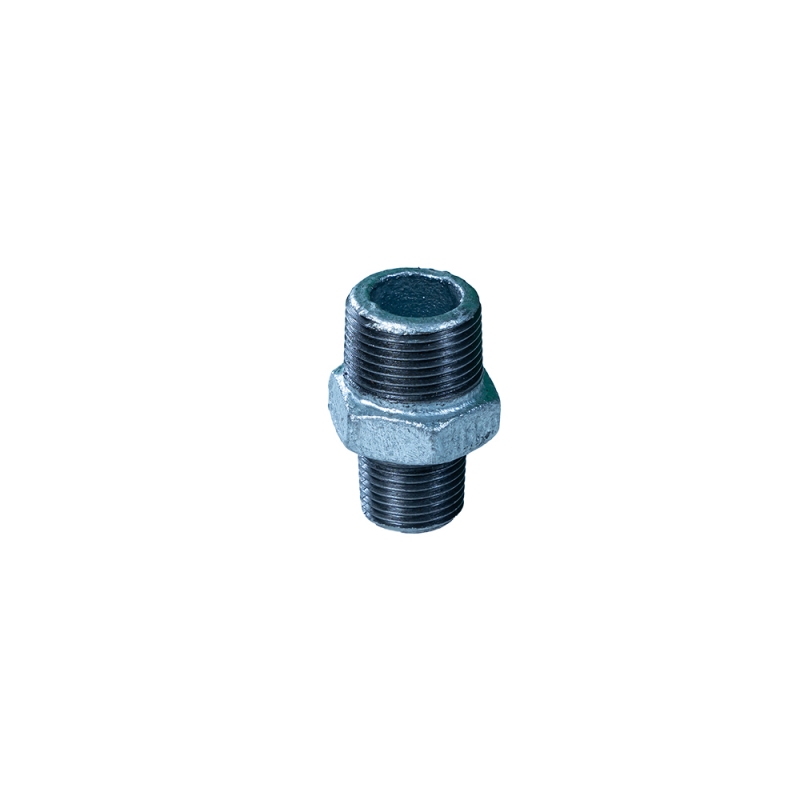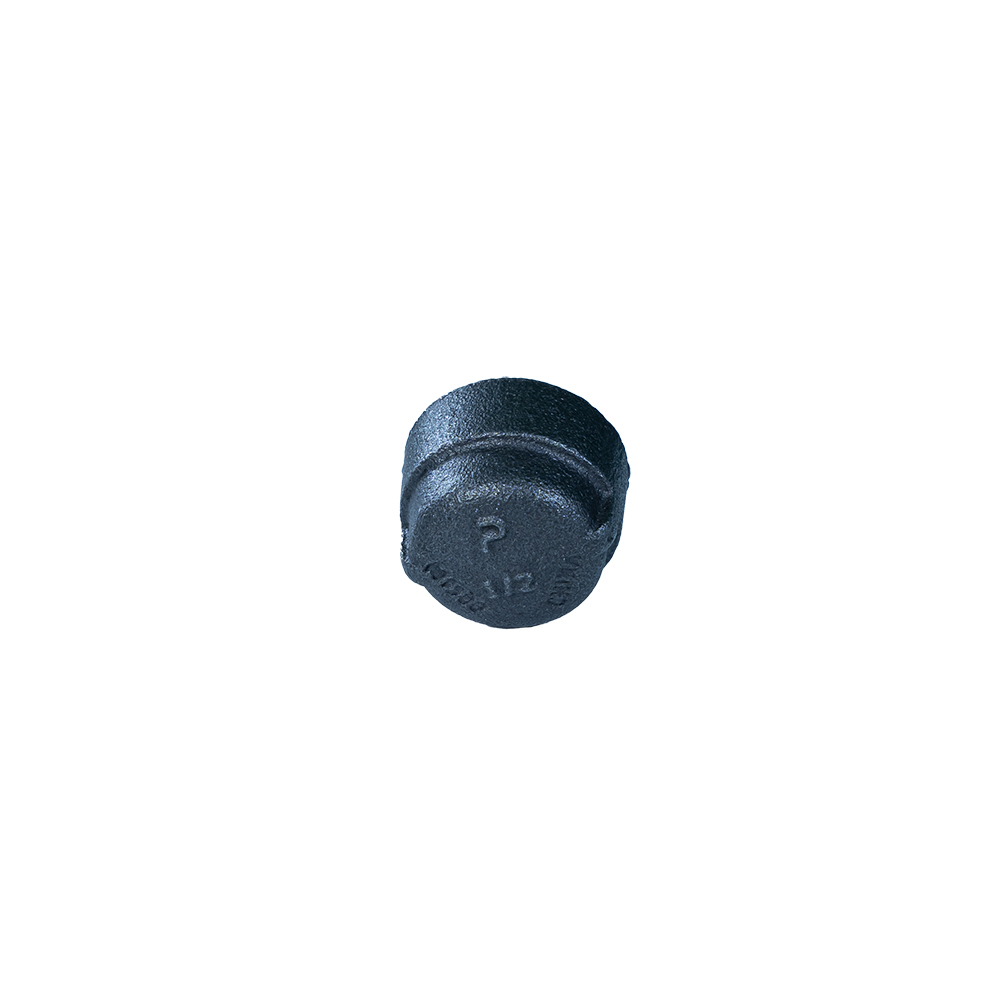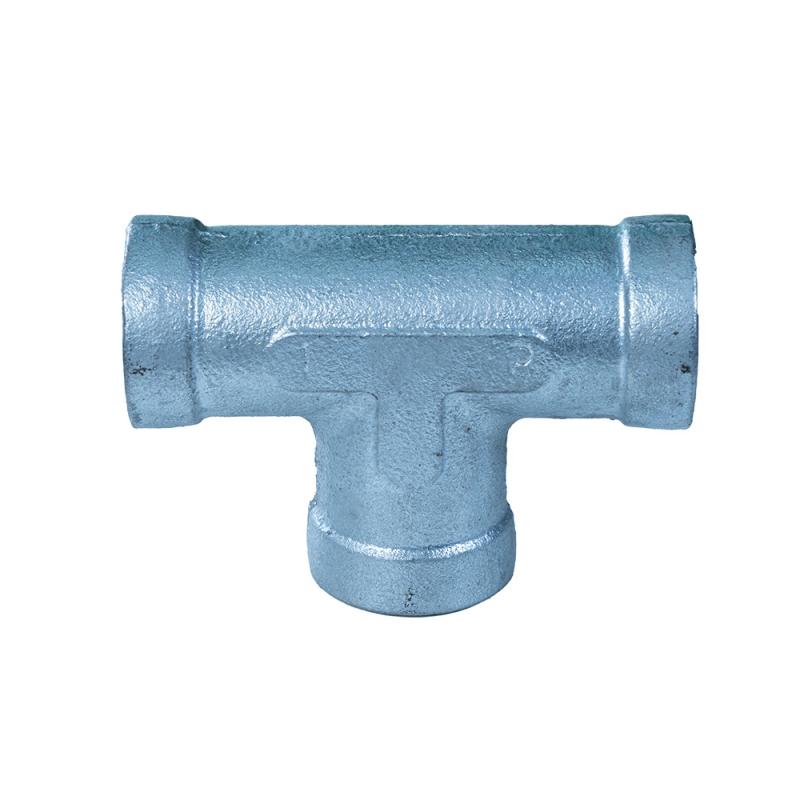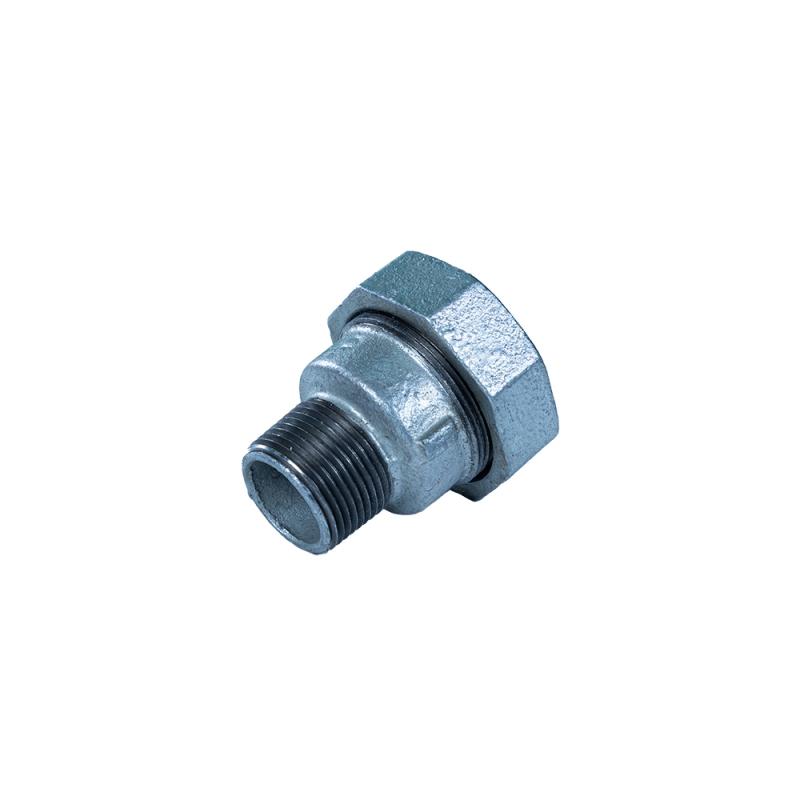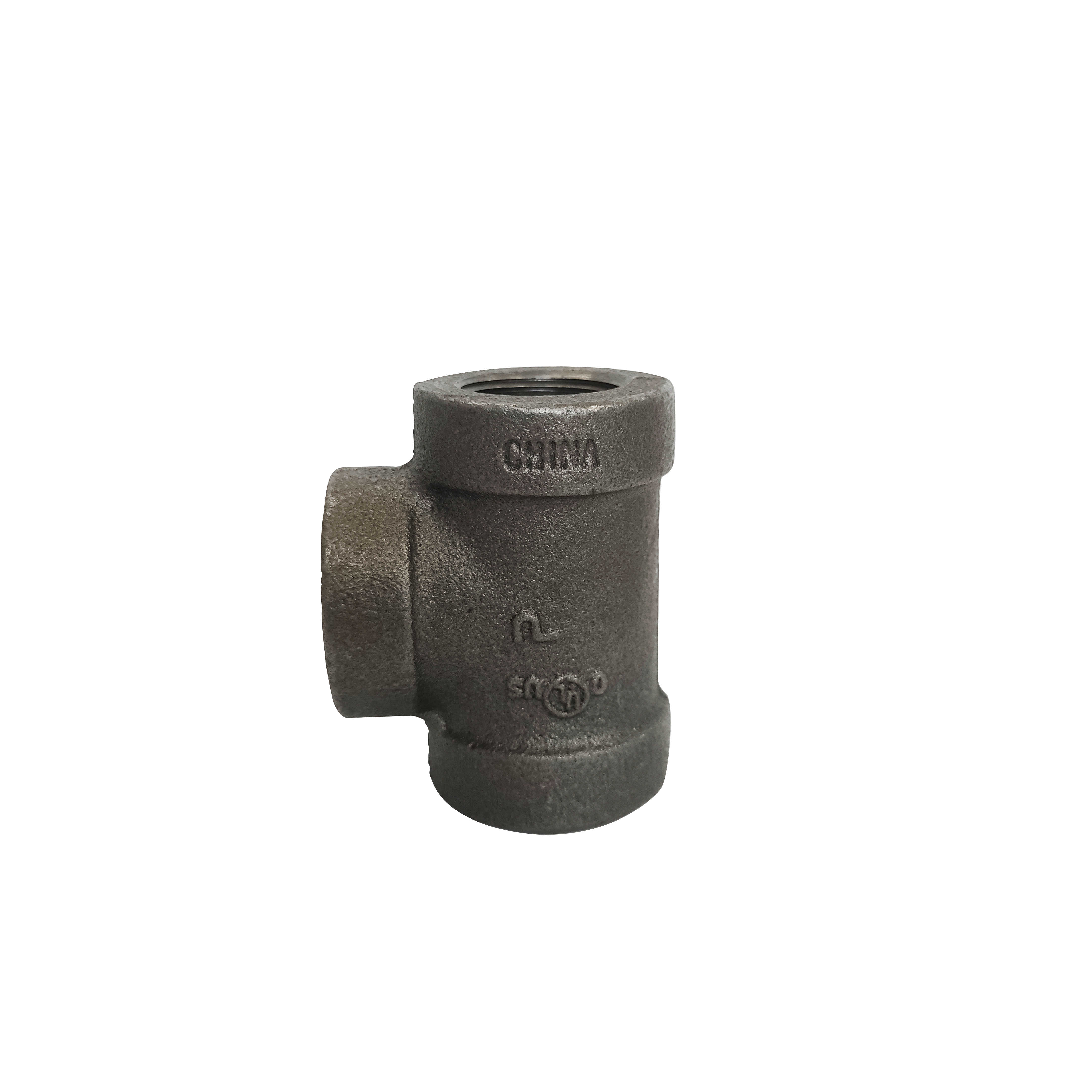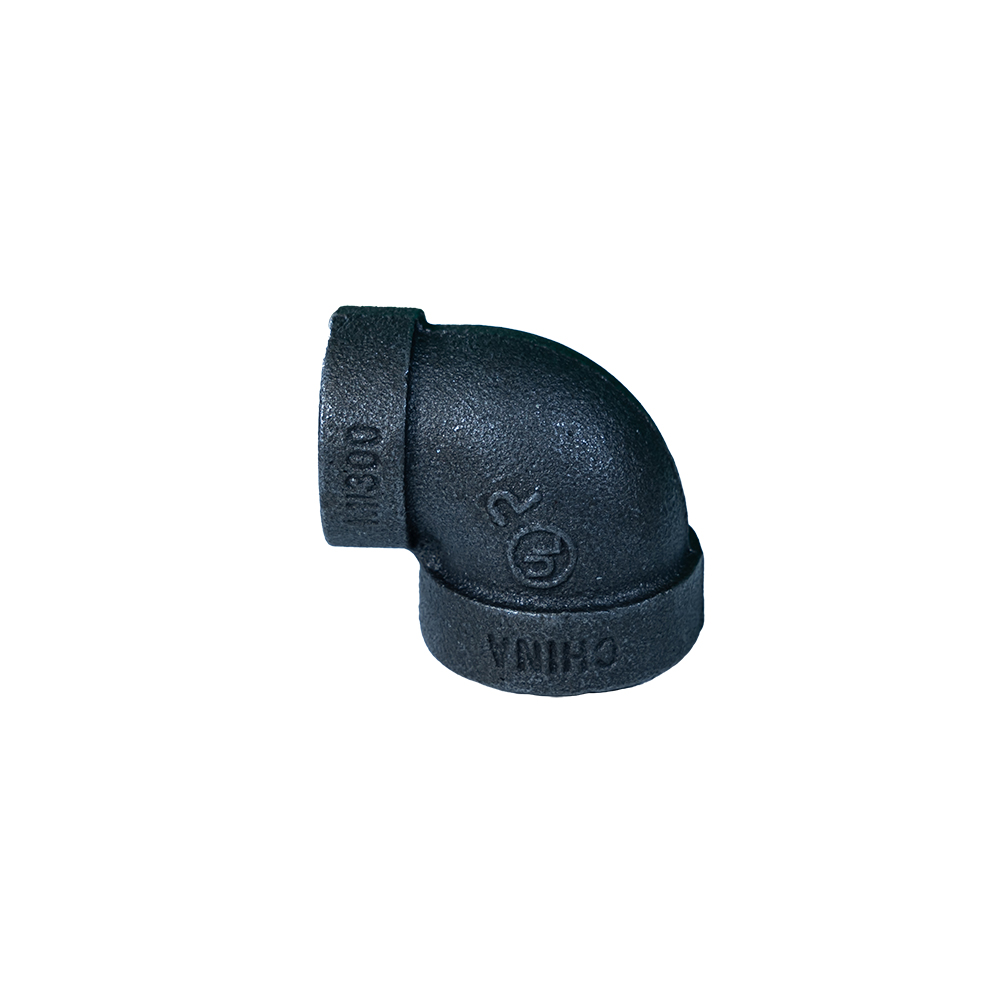- Introduction to pipe connector fittings
and their significance in fluid systems - Technical advantages of modern pipe connector fittings
- Comparative analysis of leading manufacturers
- Customization options for specialized applications
- Case studies: Success stories using screw in pipe connector and pipe screw connector solutions
- How to select the right pipe connector fittings for your project
- Summary: Enhancing system integrity through pipe connector fittings
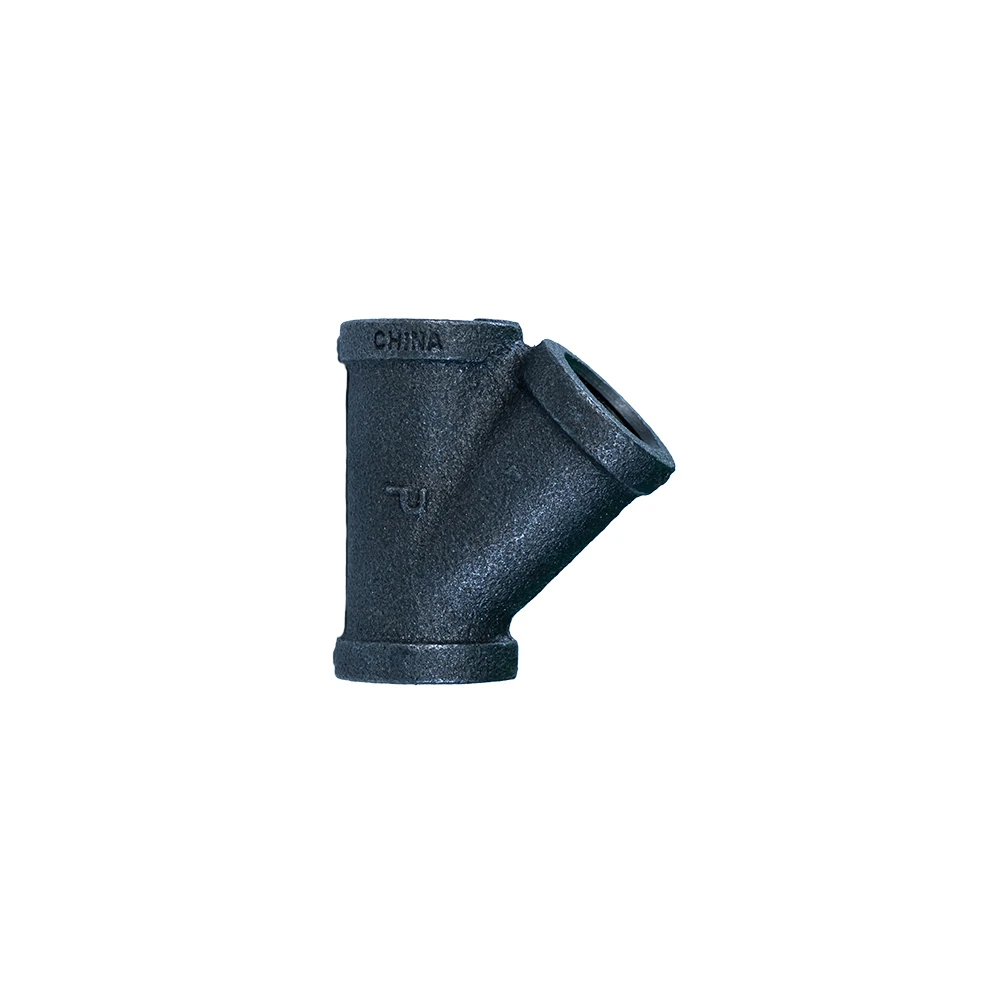
(pipe connector fittings)
Introduction: The Critical Role of Pipe Connector Fittings in Fluid Systems
In the realm of industrial fluid management, the reliability of connections within piping systems is paramount to operational safety and efficiency. Pipe connector fittings, encompassing variations such as the screw in pipe connector and pipe screw connector, serve as vital components for the assembly and maintenance of pipelines in diverse fields including water treatment, oil and gas, food processing, and HVAC. Industry research indicates that up to 30% of system failures in closed-loop installations are attributable to inadequate or poorly selected connector fittings. As global infrastructure expands, the market for these connectors is projected to reach $12.5 billion by 2027, with annual growth driven by demands for robust leak prevention, ease of installation, and compatibility with advanced materials.
Technical Advantages of Contemporary Connector Solutions
Modern pipe connector fittings offer distinct technical benefits, largely due to advancements in sealing technologies and materials engineering. Contemporary products utilize alloys such as stainless steel 316 and thermoplastics like polyvinylidene fluoride (PVDF) to deliver enhanced durability against corrosion and chemical degradation. Recent studies have reported that the use of precision-machined screw in pipe connector designs can decrease installation labor by up to 40% compared to traditional welded joints, while simultaneously reducing the risk of leakage by 25%. Newer models also integrate secondary sealing mechanisms, such as O-rings seated within chamfered threads, ensuring a comprehensive barrier against pressure drops even under fluctuating temperature conditions. This evolution in connector technology enables end-users to maintain high levels of operational uptime, minimize maintenance interventions, and extend asset lifecycle in rigorous industrial environments.
Comparative Analysis: Leading Pipe Connector Fittings Manufacturers
The selection of pipe connector fittings is often influenced by manufacturer reputation, performance metrics, and value-added services. Below is a comparative table that summarizes key attributes of prominent global suppliers:
| Manufacturer | Material Offerings | Pressure Rating (Bar) | Installation Time (Minutes) | Leak Test Pass Rate (%) | Customization Capabilities |
|---|---|---|---|---|---|
| Swagelok | SS316, Brass, Alloy 400 | 413 | 6 | 99.4 | Yes (Full Range) |
| Parker Hannifin | SS304, PVDF, Nylon | 350 | 8 | 98.2 | Yes |
| Festo | POM, Brass, Stainless | 250 | 7 | 97.8 | Limited |
| HY-LOK | SS316, Carbon Steel | 414 | 5 | 99.0 | Yes |
| Eaton | Brass, Thermoplastics | 310 | 9 | 96.5 | Yes (Selective) |
The table above underscores significant variation in pressure ratings, installation times, and leak test performance across manufacturers. Decision-makers are advised to prioritize those offerings which consistently demonstrate superior sealing characteristics, flexible customization, and reliable long-term results.
Customization: Tailoring Connectors for Unique Project Demands
Pipe systems are seldom one-size-fits-all, making the availability of tailored pipe connector fittings critical for optimizing system efficiency and compliance. Customization may involve adapting diameter, thread type (BSP, NPT, etc.), material composition, or the inclusion of specialty coatings for high-salinity or aggressive chemical environments. For instance, in pharmaceuticals, connectors with FDA-approved elastomers and redundant internal seals are routinely specified to meet stringent hygiene mandates. According to a 2022 market survey, 73% of engineering professionals preferred suppliers who could deliver fully customized solutions within three weeks, reflecting an industry trend toward fast, configurable supply chains. By collaborating early with a fabrication specialist, designers unlock opportunities to harmonize connector geometry with spatial constraints and fluid dynamics, ultimately achieving a system that is both robust and compliant with local codes.
Industrial Application Case Studies: Best Practices in Fitting Deployment
Real-world applications highlight the pivotal role of pipe connector fittings in mission-critical systems. For example, an energy facility in Texas integrated stainless steel screw in pipe connectors into its heat exchanger lines and reported a 22% reduction in annual downtime related to joint maintenance. In the food and beverage sector, a dairy plant adopted PVDF pipe screw connectors, resulting in a contamination failure rate of less than 0.1% over a two-year monitoring period. Another case from offshore oil operations utilized dual-sealed connectors to withstand pressures exceeding 400 bar, achieving a zero-incident record during a severe storm season. These successes illustrate how informed selection and proper application of fittings are instrumental in achieving regulatory compliance, protecting product quality, and safeguarding operational continuity. Furthermore, as digital monitoring of pipe integrity becomes standard, compatible fittings equipped with RFID tracking or sensor integration can enhance predictive maintenance and traceability.
How to Select Appropriate Pipe Connector Fittings for Your Application
The process of selecting the right pipe connector fitting involves assessment of multiple technical and operational parameters. Begin by confirming the chemical compatibility of the fitting material with the conveyant fluid. Next, review the required operating pressure and temperature range to ensure the connector exceeds the maximum expected values with a suitable safety margin. The type of connection—whether a push-to-connect, threaded screw in, or compression fitting—should align with both the system’s assembly procedures and its accessibility for maintenance. It is recommended to examine assembly torque requirements and the potential need for non-standard thread profiles. For environments subject to frequent vibration, consider connectors with anti-loosening features or locking mechanisms. Reliability metrics such as leak test pass rates, as demonstrated in manufacturer comparisons, should guide final purchasing decisions. In addition, partnerships with suppliers who provide engineering consultation and rapid prototyping can significantly streamline the integration of new components.
Summary: Elevating Fluid System Performance with Advanced Pipe Connector Fittings
Pipe connector fittings are an indispensable aspect of infrastructure that drives the reliable performance of modern fluid systems. Across water treatment, processing facilities, and high-stakes energy operations, the right fitting choices influence everything from maintenance intervals to compliance with quality standards. By leveraging innovations in screw in and pipe screw connector engineering, stakeholders can effectively address technical challenges, surpass industry benchmarks, and achieve new levels of operational robustness. Regular evaluation of technical requirements, ongoing dialogue with trusted manufacturers, and the strategic application of customized and proven connector solutions position organizations to prosper in competitive, regulated environments.
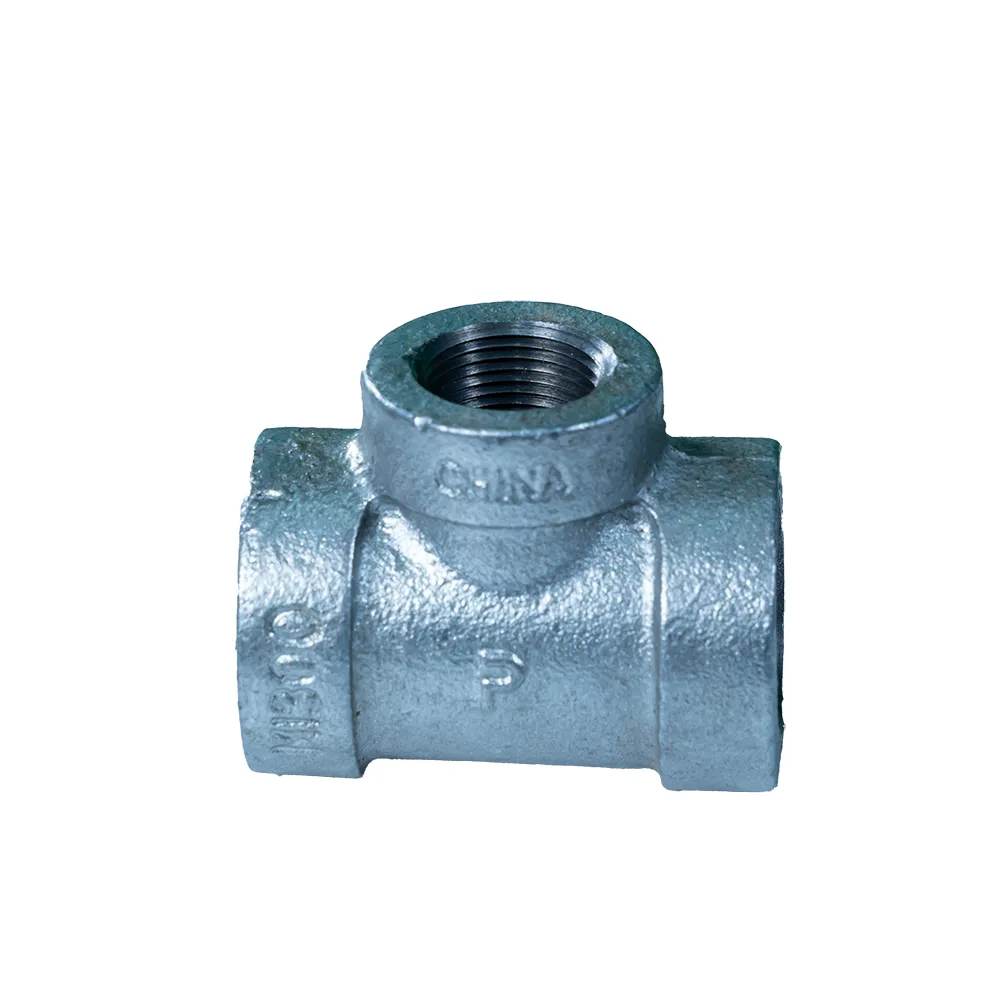
(pipe connector fittings)
FAQS on pipe connector fittings
Q: What are pipe connector fittings used for?
A: Pipe connector fittings are used to join two or more pipes together securely. They help direct fluid flow and ensure leak-proof connections in plumbing or industrial systems.
Q: How does a screw in pipe connector work?
A: A screw in pipe connector works by threading onto the pipe ends, creating a tight seal. It offers easy installation and removal for maintenance or adjustments.
Q: What is the difference between a pipe connector fitting and a pipe screw connector?
A: Pipe connector fittings refer to all types of connectors, while pipe screw connectors specifically use threads for connection. Both provide secure pipe joins but differ in the way they attach.
Q: Are pipe screw connectors reusable?
A: Yes, most pipe screw connectors can be unscrewed and reused if they are still in good condition. Reusing them may require replacing sealing materials for a leak-proof fit.
Q: What materials are commonly used for pipe connector fittings?
A: Pipe connector fittings are commonly made from materials like brass, stainless steel, PVC, and copper. The material depends on the system’s pressure, temperature, and corrosion requirements.
Post time: Jul-04-2025


